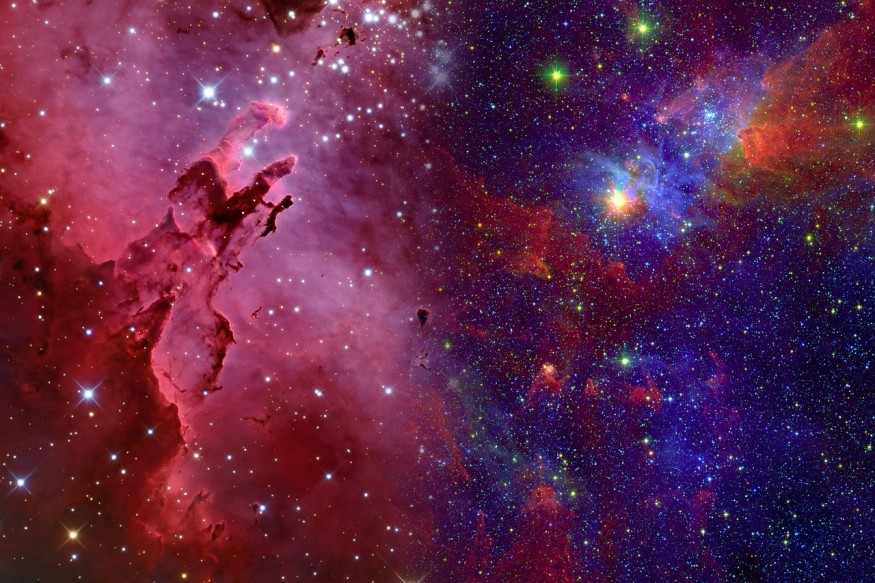NASA just released the first images from the James Webb Space Telescope (JWST) last week and now it may have found the oldest galaxy ever seen that existed 13.5 billion years ago, based on the data analysis sent back to Earth.
Seeing galaxies that formed billions of years ago is one of the missions of JWST. It broke the record of the previously known oldest galaxy called GN-z11 that the Hubble Space Telescope found by around 100 million years. Whereas the newly discovered galaxy formed 300 years after the Big Bang event that is believed to have formed the universe, GN-z11 formed 400 million years after.

Oldest Galaxy in the Universe Ever Seen
Rohan Naidu of the Harvard Center for Astrophysics said that the newly discovered oldest galaxy in the universe is known as GLASS-z13, which dates back to 13.5 billion years ago. He added that it could also be the most distant starlight that anyone has ever seen.
The more distant a cosmic object is, the longer its light takes to travel through the deep universe to reach Earth. Science Alert reported that the exact age of GLASS-z13 remains unknown, although astronomers estimate that it is about 300 million years after the Big Bang.
Information about GLASS-z13 was not included in the first image set that NASA published last week, but it was first spotted from the early release data from the main infrared imager of JWST called NIRcam. The translated infrared to visible spectrum shows a blob of red with white in its center, which is part of the image of a distant cosmos known as the "deep field."
A total of 25 astronomers from all over the world have submitted their findings to a scientific journal that is now posted on a preprint server, which means that it has yet to be peer-reviewed but has already caused a buzz in the global astronomy community.
NASA's chief scientist Thomas Zurbuchen tweeted that this discovery is crumbling astronomy records and although he only believes in peer-reviewed findings, he admitted that the data looks very promising. Other astronomers working on the same data have achieved similar conclusions, giving more confidence to the findings.
More Analysis Needed to Dethrone the Previous Record-Holder
The universe is now clearer than ever, thanks to JWST and its extremely sensitive NIRcam instrument, giving scientists an unprecedented view of outer space. However, it is still early days for discoveries from the floating observatory launched seven months ago, on Christmas Day of 2021, and whose operations only began last week.
NASA says that JWST is powerful enough to peer further and find undiscovered galaxies as far as millions of light-years away from the planet to understand more about galactic evolution throughout the universe.
But researchers also acknowledge that further analysis is needed before GLASS-z13 could dethrone GN-z11 as the oldest galaxy ever seen. The paper needs to undergo peer review for verification. Nonetheless, they are hopeful and confident that JWST successfully discovered an ancient galaxy.
RELATED ARTICLE : Here Is the Farthest and Oldest Galaxy From Us
Check out more news and information on James Webb Space Telescope in Science Times.
© 2025 ScienceTimes.com All rights reserved. Do not reproduce without permission. The window to the world of Science Times.












